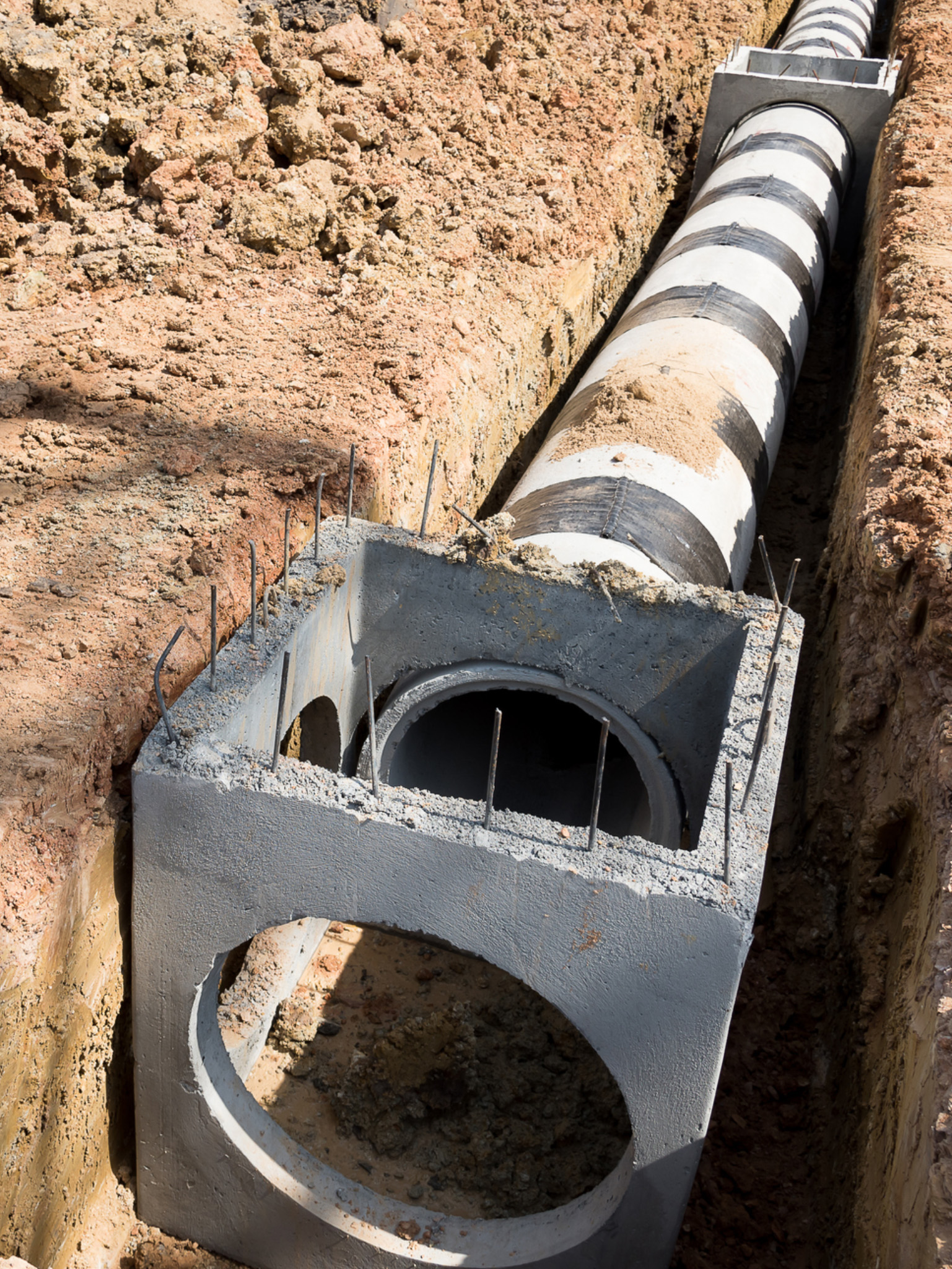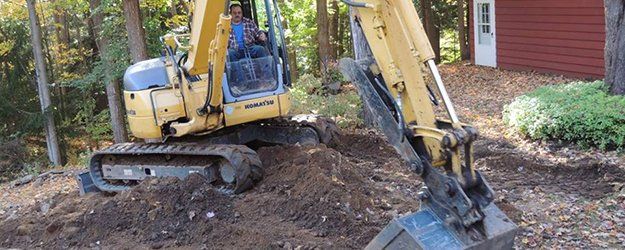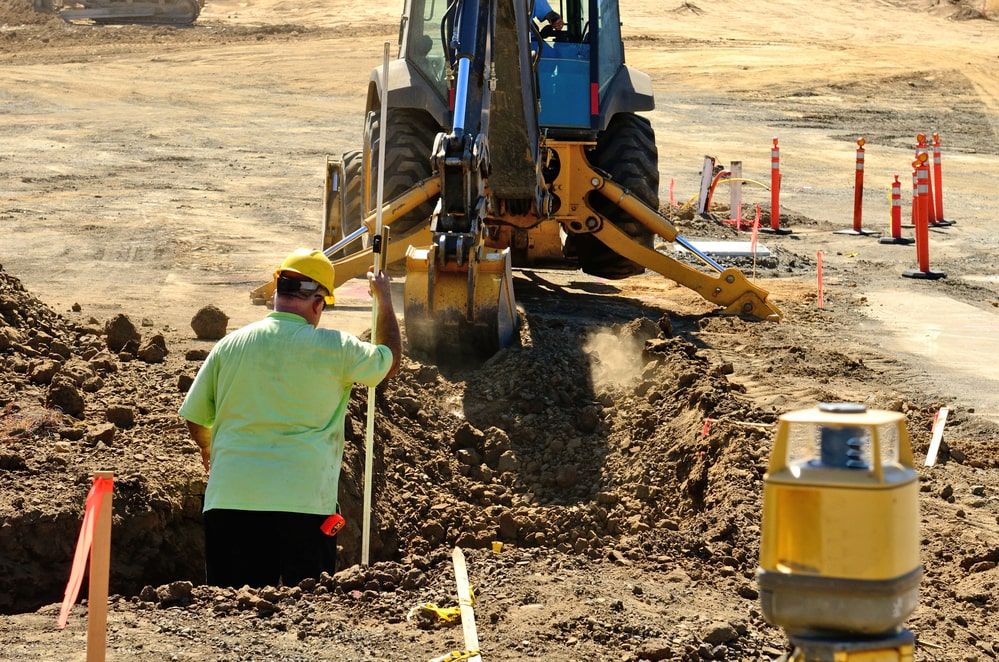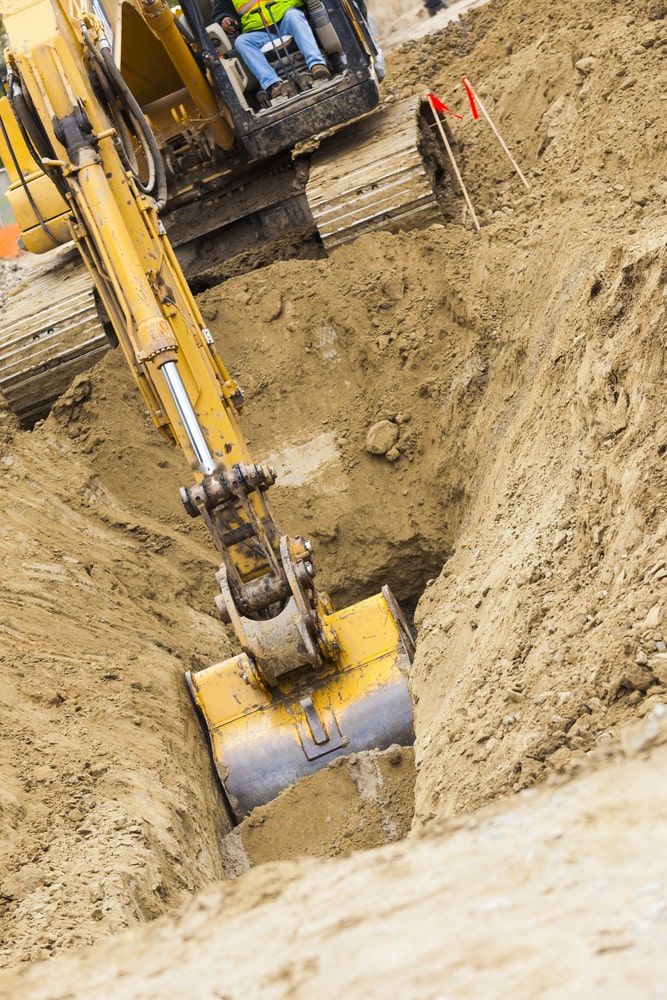Thorough Exploration: The Science Behind Superior Excavation Practices
The realm of excavation methods is a domain where science links with craftsmanship to unearth the secrets hidden underneath the planet's surface area. From ancient hand devices to modern-day hydraulic excavators, the evolution of excavation techniques has been a testament to human ingenuity and technical improvements. What genuinely establishes remarkable excavation practices apart is a deep understanding of geological principles, paired with the utilization of cutting-edge devices and techniques. By discovering the scientific research behind these methods, we can discover the tricks that lie underneath our feet and value the accuracy and expertise that go right into every dig.
Advancement of Excavation Methods
Throughout background, the development of excavation techniques has actually played a critical role beforehand building and construction practices and archaeological discoveries. From the primary tools used by our forefathers to the innovative equipment used in modern times, the development of excavation techniques has dramatically transformed just how we approach numerous tasks.
In old times, hands-on labor with fundamental tools such as wheelbarrows, pickaxes, and shovels was the main approach of excavation. This labor-intensive process limited the deepness and range of excavations, frequently leading to slow-moving progression and restricted access to specific websites. As civilizations progressed, so did the devices and strategies utilized for excavation.
The Industrial Change marked a turning factor in excavation practices with the introduction of steam-powered equipment. This development transformed the area, permitting faster and much more substantial excavations. In modern times, technology plays a crucial role in excavation, with advancements like GPS systems, drones, and 3D scanning enhancing precision and performance in the area. The evolution of excavation techniques continues to shape the means we construct, discover, and understand the world around us.
Duty of Modern Technology in Excavation

The assimilation of sophisticated innovation has fundamentally changed the area of excavation, improving precision and efficiency to unmatched degrees. Among the vital technical developments that has actually substantially affected excavation practices is the application of GPS systems. These systems enable precise mapping of excavation sites, making it possible for drivers to accurately situate underground utilities and frameworks. In addition, making use of telematics in excavation devices has made it possible for real-time tracking of machine performance, causing proactive upkeep and enhanced functional efficiency.
Furthermore, the development of 3D modeling and simulation software has streamlined the preparation procedure for excavation projects. Operators and designers can currently envision the entire excavation process before beginning, optimizing and determining possible obstacles process. Combined with this, the execution of drones in excavation activities has helped with airborne studies, volumetric dimensions, and website inspections with unmatched rate and precision.
Geological Principles in Excavation
An understanding of geological principles is crucial for making certain the structural stability and security of excavation sites. Geological factors play a vital function in identifying the expediency and safety and security of excavation jobs (excavating ohio). One essential geological principle to think about is the sort of soil or rock present at the website. Various dirt kinds, such as clay, gravel, or sand, have varying degrees of security and need different excavation methods. Natural soils like clay may require added assistance to avoid collapses, while sandy soils might be susceptible to erosion throughout excavation.
By conducting comprehensive geological studies and evaluation, designers and excavators can create strategies to reduce risks and ensure the successful conclusion of excavation jobs. Eventually, including geological concepts right into excavation practices is crucial for accomplishing risk-free, efficient, and sustainable results.

Most Recent Tools for Excavation
In the world of excavation methods, contemporary advancements in devices have actually revolutionized the efficiency and accuracy of excavation processes. One of the most Your Domain Name up to date tools making waves in the sector is using drones equipped with sophisticated imaging innovation. These drones can give comprehensive airborne studies of excavation websites, using real-time information on topography and prospective risks. This information help in better planning and decision-making during the excavation procedure.
Another cutting-edge device acquiring popularity is the implementation of 3D printing modern technology for producing personalized excavation tools. This permits for the production of specialized devices that are customized to the particular needs of a project, increasing effectiveness and minimizing downtime.
In addition, developments in materials science have actually brought about the development of more powerful and much more durable excavation devices. excavating ohio. Tungsten carbide-tipped excavator attachments, for instance, offer premium performance in difficult ground problems, enhancing efficiency on-site
Scientific research's Influence on Excavation Practices

In addition, innovations in materials science have actually caused the creation of more powerful, a lot more resilient excavation devices and devices. The use of composite materials in shovels and miners has improved their performance and long life, ultimately raising productivity on excavation websites. Additionally, scientific study on soil technicians and geotechnical engineering has actually provided beneficial insights right into dirt habits, permitting excavation specialists to make enlightened choices concerning excavation approaches and imp source soil stablizing techniques. On the whole, scientific research continues to drive innovation and enhancement in excavation techniques, making excavation projects extra efficient, economical, and sustainable.

Final Thought
To conclude, the development of excavation techniques has actually been substantially influenced by advancements in innovation and a much deeper understanding of geological principles. The newest devices and devices utilized in excavation have boosted performance and accuracy in the field. The application of scientific knowledge has actually dramatically improved excavation practices, bring about a lot more lasting and efficient methods for digging deep into various kinds of materials.
In the realm of excavation techniques, contemporary advancements in tools have revolutionized the efficiency and accuracy of excavation procedures. By leveraging scientific principles, the excavation industry has been able to dramatically boost performance, precision, and security in excavation processes. GPR permits excavation groups to non-invasively scan and map subsurface frameworks, energies, and possible dangers, allowing them to prepare excavation projects with better accuracy and decreased risk of crashes.
Furthermore, scientific research link study on soil mechanics and geotechnical design has offered important understandings into dirt habits, allowing excavation specialists to make educated choices relating to excavation methods and dirt stabilization strategies. Generally, scientific research continues to drive development and renovation in excavation methods, making excavation projects a lot more efficient, cost-efficient, and sustainable.